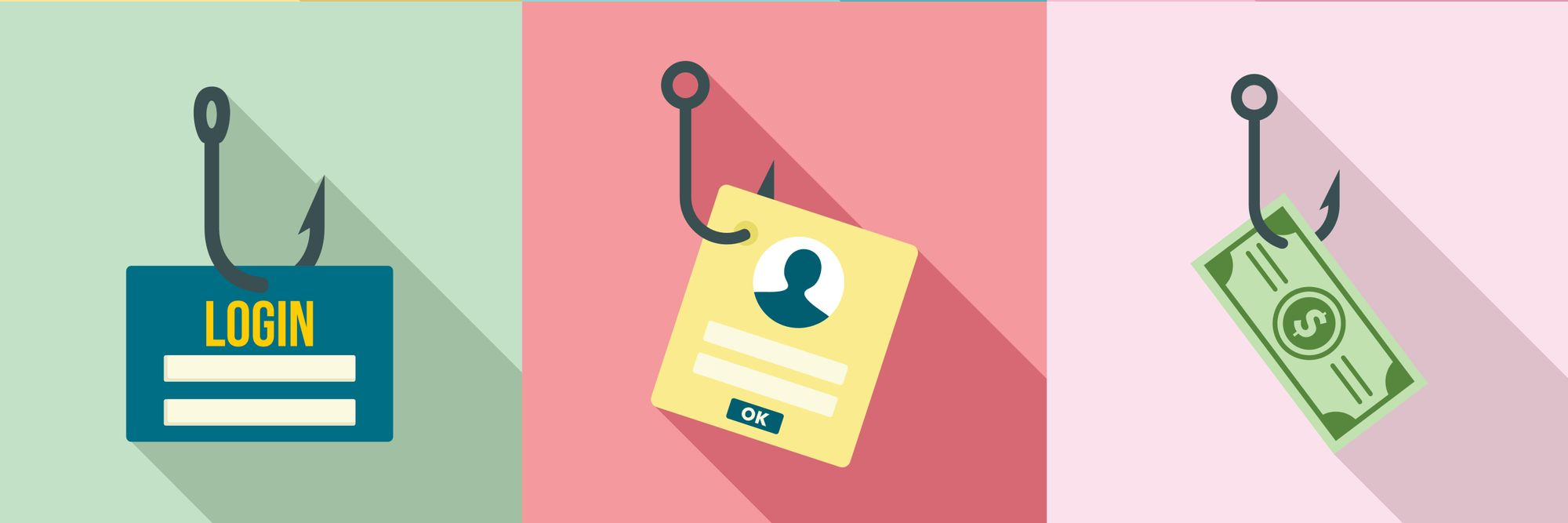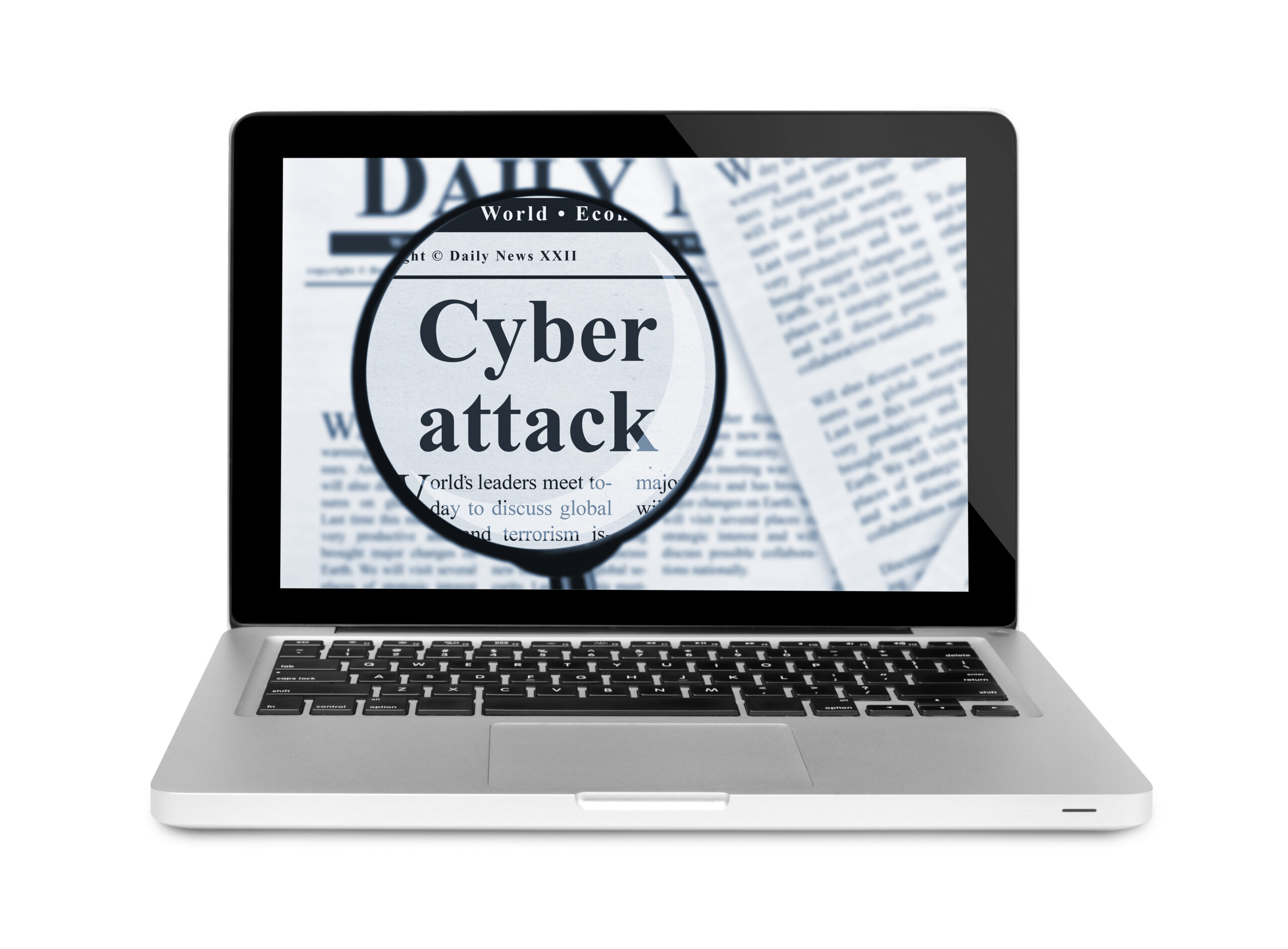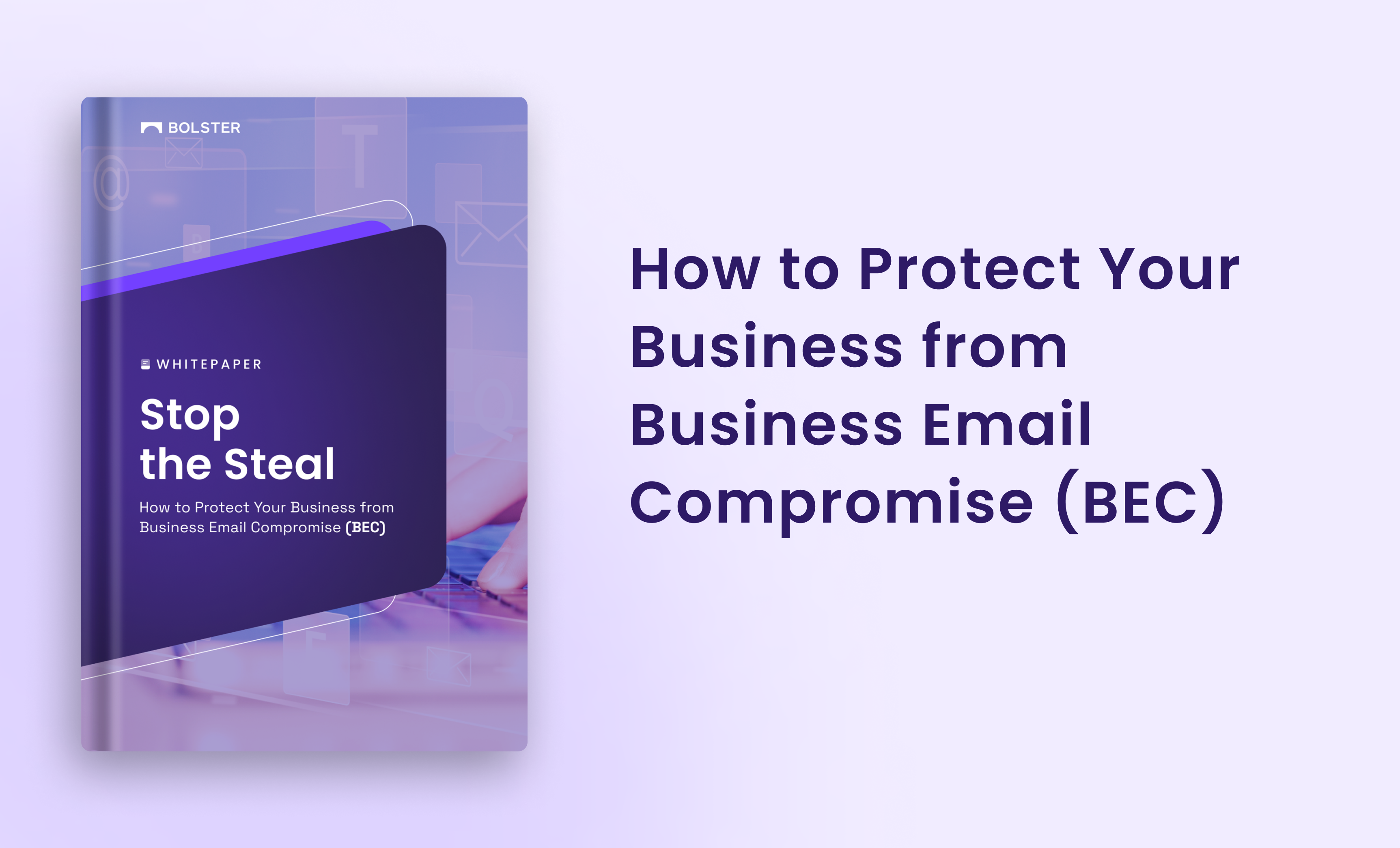Cybercriminals never sleep when it comes to tricking your customers and employees. They use strategically designed emails and alarmingly accurate spoof websites to access private accounts. Yet in 2019, 56% of breaches took months or longer for organizations to discover.
The first step in protecting your company is to knoww the ways to avoid a breach. Keep reading for the top phishing protection techniques and info.
What is phishing protection?
Phishing protection is a set of best practices, software, and policies that block phishing attacks. Most organizations face daily phishing attacks disguised as emails from spammers, customers, and team members. The best anti-phishing solutions don’t rely solely on stakeholder vigilance.
Types of phishing protection
Here’s a list of the most effective phishing protections used by companies today. Because there’s no silver bullet defense for phishing attacks, most firms use a mix of the following techniques.
- Traditional software solutions: Antivirus software can help keep your company’s devices safe from installing known malware, but it’s only as good as its last update.
- Security training: Employee training and customer outreach can improve awareness, but lapses will still occur when stakeholders are distracted or decoy sites are seamless.
- Frequent software updates: Updating software assures the latest protections are in place. Since updates only protect against known vulnerabilities, even updates aren’t infallible.
- Multi-factor authentication: Provides an extra layer of protection for compromised customer and employee accounts. It isn’t foolproof, however, thanks to SIM-swapping and hacked email accounts.
- AI-based website fraud protection: Phishing and fraud site takedown services like Bolster spots malicious sites in real time and takes them down, rendering phishing attacks harmless.
How does phishing protection work?
Most phishing protection relies on human vigilance. For instance, companies ask employees and consumers to watch for phishing emails and fraud sites, which continue to get harder and harder to spot. Next, security experts manage lists of blacklisted sites, finding and adding new fraud sites to their lists. The blacklisted sites are blocked, and users are unable to access them.
The problem is that hackers know about the blacklists and use website spoofing kits to stay ahead. They set up “burner” sites that look and act just like authentic company websites. Then, before human agents can add these sites to blacklists, the hackers delete them and move on. Increasingly, they are establishing sites that get whitelisted as a news or information site and using these to launch attacks.
AI phishing protection uses deep learning to find stolen content and images, plus natural language processing to spot fraud sites. AI-based protection like Bolster issues takedowns in real time compared to hours or even days. It’s the difference between finding a series of open manholes by falling in each one, versus simply putting the covers back on.
What is the best phishing protection method?
The best phishing protection combines a mix of anti-phishing solutions, but 77% of IT professionals believe their staff is unprepared for modern phishing threats. It’s vital for organizations to train employees and customers to recognize common phishing attempts and to update software frequently.
Organizations also need to be proactive and take down these threats before they occur. If a user lowers their guard and falls for an attack, Bolster’s AI technology is there, working 24/7 in the background to render human error harmless.
How are you handling security?
Many organizations take a reactive approach to phishing attacks. They wait until a threat becomes a problem, then work hard to put the fire out. But delays in addressing phishing risks can cause costly breaches that torpedo consumer confidence. Make phishing protection your priority with Bolster.
Contact us today to learn why some of the top businesses in the world trust our solutions to keep their consumer data safe. We offer a 30-day free trial as well.
For more information on what we do, you can read more about our AI technology or download our free whitepaper on Best Practices for Modern Brand Protection.









